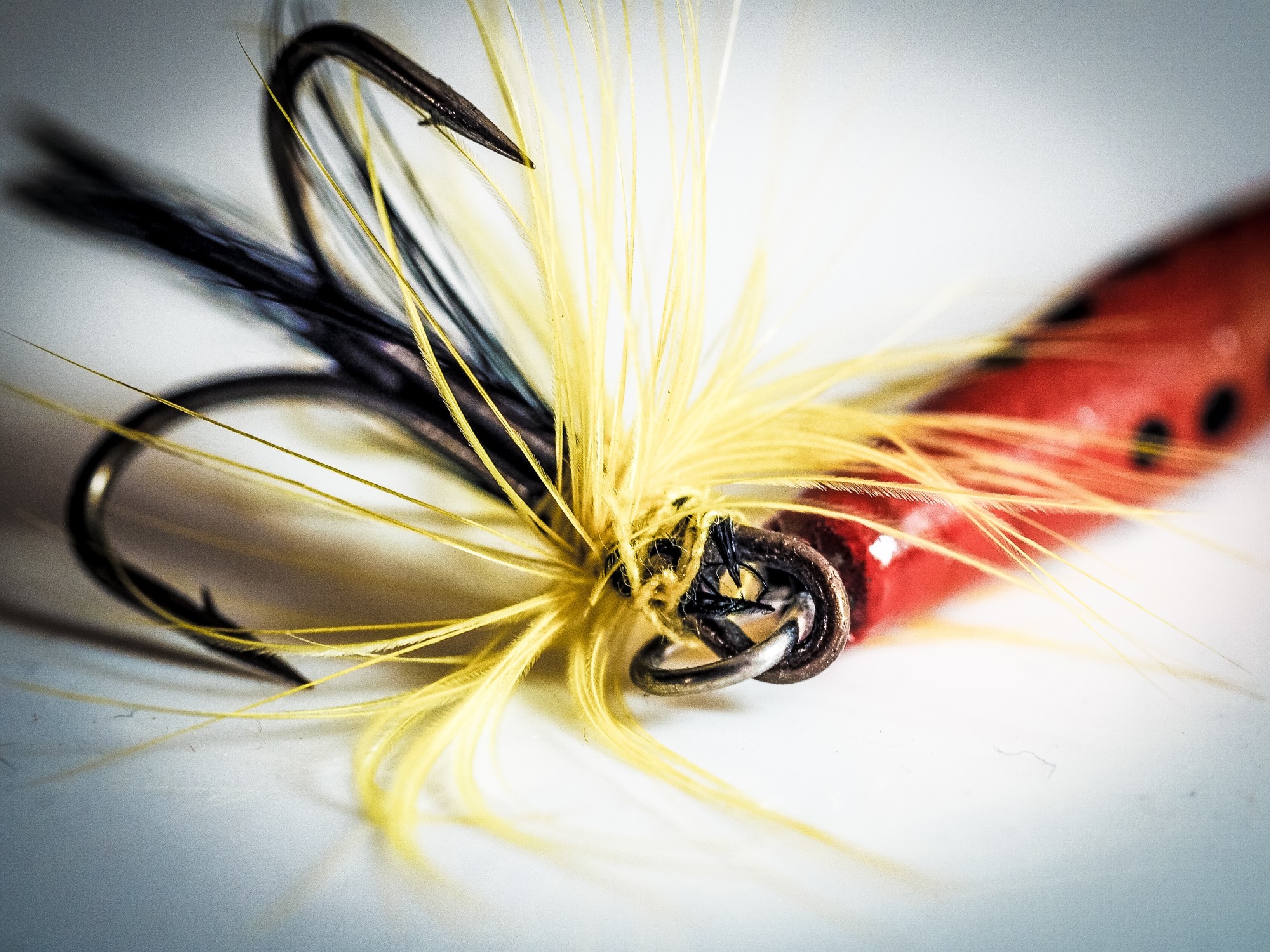Fishing can be quite a relaxing activity, but as harmless as it may seem, accidents do happen.
While serious accidents are uncommon, fishhooks and the trauma they can cause happen more often than you may think. Although most injuries are minor, mastering the techniques of how to remove a fishhook could save you from a more serious injury.
A successful removal is done a few ways after fishing hook accidents, but we’re going to cover two of the most popular without the use of a physician.
How to Remove a Fishhook
When learning how to remove a fishhook, you’ll need to locate and assess the area of entry.
Although a fish hook in the eye is unlikely, soft tissue penetration like the hand, face, head or upper extremity is not. Deeper tissue structures are usually avoided due to the fishhook’s point and parallel nature from the skin.
There a few fishing hook types on the market. Determining if your hook is barbed, single, or another type the removal gets trickier. Once you’ve evaluated the injury you can begin experimenting with the removal techniques that can be used on the patient.
String-Yank Method
This method is performed in the field and is known to be the least traumatic way how to remove a fishhook.
Any size hook can be removed using this method but works best with small and medium-sized ones. A string or fishing line should be wrapped around the midpoint of the bend in the fishhook and will be used as a fishhook removal tool. Once wrapped around, free ends of the string should be held tightly.
Wherever the hook is, the skin involved should be stabilized against a surface while the fishhook is depressed back against the skin. As you depress the skin more, get the hook to a 45-degree angle and with significant velocity jerk the string back to remove the hook.
Those near the individual should be aware of their surroundings when the hook exits.
Retrograde Technique
Known as the simplest way on how to remove a fishhook, the retrograde technique has one of the lowest success rates when it comes to finishing hook accidents.
Barbless hooks are best for this technique as pressure is applied to the shank of the hook. It helps to rotate and move the hook deeper to remove the barb from the tissue.
After it gets to the necessary angle, the hook can be backed out of the skin the same way to went in. If you have a hook that provides resistance, stop and use another way to remove it.
Emergencies Need Urgent Response
If learning how to remove a fishhook has proved difficult, Getwell Urgent Care will take care of you.
These methods of fishhook removal can be successful, but a deeper and more serious injury could mean the need for professional help. Based out of Southaven, Miss.
From fishing hook accidents to your standard cold and flu, we have you covered. To ensure your insurance carrier and forms are filled out before visiting, visit our website to download the necessary forms.

